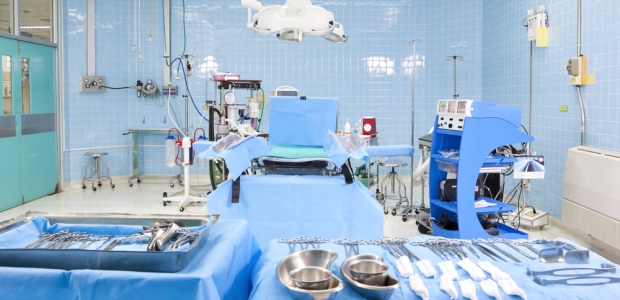
Waste Anesthetic Gases Survey Finds Gaps in Protection
The survey found that 19 percent reported safe handling procedures were unavailable and 18 percent never received training on safe handling of anesthetic gases.
A new article from NIOSH reports that systems used to prevent waste anesthetic gases from escaping into operating room are widely used, but other recommended practices to minimize health workers 'exposure to those gases aren't always followed. The study was published in the October 2016 issue of the Journal of Occupational and Environmental Hygiene and is based on results from the 2011 NIOSH Health and Safety Practices Survey of Healthcare Workers, the largest federally sponsored survey of health workers in the United States.
It is the first national survey to evaluate self-reported use of scavenging systems and other controls for exposures to waste anesthetic gases among anesthesia care providers; NIOSH reported that members of professional practice organizations representing physician anesthesiologists, nurse anesthetists, and anesthesiologist assistants were invited to participate in the survey, which was completed by nearly 3,000 anesthesia care providers who had administered inhaled anesthetics in the week before the survey.
"Working in hospitals and outpatient surgical centers, respondents reported that they most often administered sevoflurane and, to a lesser extent desflurane and isoflurane, usually in combination with nitrous oxide. Use of anesthesia machines equipped with scavenging systems was nearly universal. However, adherence to other recommended practices were lacking by varying degrees and differed among those administering anesthetics to pediatric or adult patients," according to NIOSH's report, which said the findings indicate these practices may increase exposure risks:
- 3% did not always use anesthesia machines equipped with a waste gas scavenging system
- 35% started anesthetic gas flow before mask was applied to pediatric patient and 14% did the same for adult patients.
- 19% reported safe handling procedures were unavailable.
- 18% never received training on safe handling of anesthetic gases.
- 17% used a funnel-fill (open-air) system instead of a key-filler or other closed system to fill anesthesia vaporizers.
- 17% used high (fresh gas) flow anesthesia only for pediatric patients and 6% did the same for adult patients.
- 5% did not routinely check anesthesia equipment for leaks
"When precautionary practices are not followed, anesthesia care providers and bystanders are at risk of exposure. Ensuring proper precautionary measures are utilized requires diligence on the part of both employers and healthcare workers. Employers need to ensure that anesthesia care providers are initially and periodically trained; safe-handling procedures reflecting recommended practices are in place and support for their implementation is understood; anesthesia machines with scavenging systems are used (including regular inspection of anesthesia delivery equipment for leaks, periodic air and exposure monitoring, and prompt elimination of spills and leaks); and medical surveillance, exposure monitoring and other administrative controls are in place. Anesthesia care providers can seek out training, understand and follow facility procedures, ask questions, and report any safety concerns," according to the report.